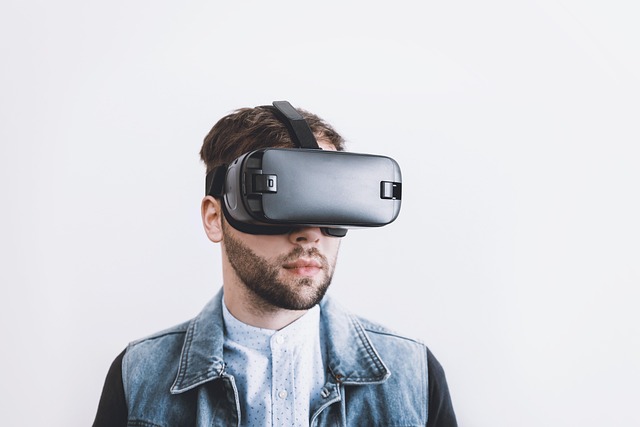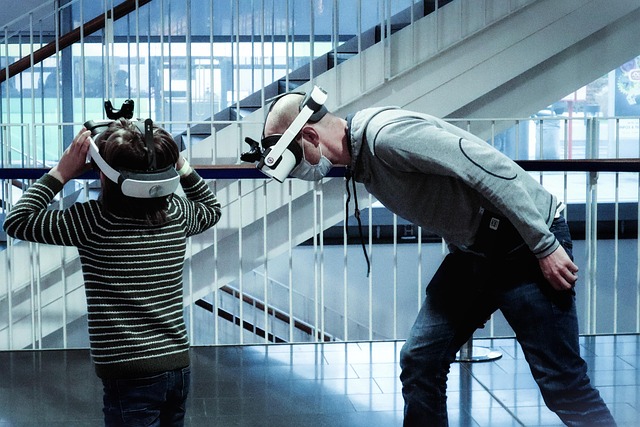As we delve deeper into the realms of technology, one area poised to revolutionize our understanding and interaction with the digital world is visual-based simulation. This innovative technology is increasingly intertwining with advancements in virtual reality (VR), augmented reality (AR), and the metaverse, creating immersive experiences that transport users into rich, interactive environments.
Virtual Reality stands out as one of the most compelling forms of visual-based simulation. By fully immersing users in a 3D digital world, VR allows for unparalleled experiences that were previously confined to our imagination. Gamers, educators, and professionals alike are harnessing VR to train skills rapidly, simulate complex scenarios, and even visualize data in ways that are more intuitive and engaging. Whether donning a headset to explore ancient ruins or stepping into a virtual conference room, the possibilities for immersive learning and engagement are endless.
Meanwhile, Augmented Reality offers a different yet equally captivating angle on visual-based simulation. By overlaying digital content onto the real world, AR enriches our everyday experiences. Imagine pulling out your smartphone to see historical buildings restored to their former glory or following interactive instructions to assemble furniture seamlessly. Businesses are already leveraging AR to improve customer engagement and satisfaction, providing consumers with an immersive preview of products right in their living rooms. The blend of the virtual and the real encourages a deeper connection and understanding of the world around us.
The concept of the metaverse takes these technologies a step further, creating a persistent and interconnected digital universe where users can interact within a shared space. It is a compelling expansion of visual-based simulation that paves the way for social interaction, business, and entertainment to coexist in a fully realized digital landscape. Here, users can build virtual homes, attend concerts, or physically collaborate from different corners of the globe as if they were all in the same room. The metaverse promises to redefine our social norms and redefine how we perceive reality by merging the digital and physical into a cohesive existence.
As the digital landscape evolves, the synergy between visual-based simulation, VR, AR, and the metaverse is becoming more pronounced. Developers are exploring the full potential of these technologies with innovative applications that encompass various sectors, from gaming to education, healthcare, and real estate. This convergence not only enhances user experience but also drives engagement and retention in a competitive market.
In a world where the line between reality and virtuality is increasingly blurred, embracing visual-based simulation will empower individuals and organizations to engage with products, services, and experiences in transformative ways. As we look to the future, the blend of virtual and augmented experiences will undoubtedly reshape our interactions, enabling us to connect, learn, and thrive within an ever-expanding digital environment.




